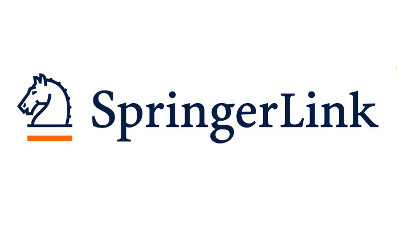 “Cannabis has been used in pain management since 2900 BC.
“Cannabis has been used in pain management since 2900 BC.
In the 20th century, synthetic cannabinoids began to emerge, thus opening the way for improved efficacy. The search for new forms of synthetic cannabinoids continues and, as such, the aim of this review is to provide a comprehensive tool for the research and development of this promising class of drugs.
Methods for the in vitro assessment of cytotoxic, mutagenic or developmental effects are presented, followed by the main in vivo pain models used in cannabis research and the results yielded by different types of administration (systemic versus intrathecal versus inhalation). Animal models designed for assessing side-effects and long-term uses are also discussed.
In the second part of this review, pharmacokinetic and pharmacodynamic studies of synthetic cannabinoid biodistribution, together with liquid chromatography-mass spectrometric identification of synthetic cannabinoids in biological fluids from rodents to humans are presented. Last, but not least, different strategies for improving the solubility and physicochemical stability of synthetic cannabinoids and their potential impact on pain management are discussed.
In conclusion, synthetic cannabinoids are one of the most promising classes of drugs in pain medicine, and preclinical research should focus on identifying new and improved alternatives for a better clinical and preclinical outcome.”

 “Neurofibromatosis type 1 (NF1) is a common genetic disorder. Pain is a major symptom of this disease which can be secondary to the development of plexiform and subcutaneous neurofibromas, musculoskeletal symptoms (such as scoliosis and pseudoarthrosis), and headaches. Visible neurofibromas add significant psychosocial distress for NF1 patients. Along with the chronic pain, psychosocial distress contributes to associated mood disorders, such as depression and anxiety.
“Neurofibromatosis type 1 (NF1) is a common genetic disorder. Pain is a major symptom of this disease which can be secondary to the development of plexiform and subcutaneous neurofibromas, musculoskeletal symptoms (such as scoliosis and pseudoarthrosis), and headaches. Visible neurofibromas add significant psychosocial distress for NF1 patients. Along with the chronic pain, psychosocial distress contributes to associated mood disorders, such as depression and anxiety. “The
“The 

 “CBD was shown to have anti-seizure activity based on in vitro and in vivo models.
“CBD was shown to have anti-seizure activity based on in vitro and in vivo models. “Controlled and open label trials have demonstrated efficacy of
“Controlled and open label trials have demonstrated efficacy of  “To evaluate the efficacy of open-label, highly purified
“To evaluate the efficacy of open-label, highly purified  “The behavioural effects elicited by chemical constituents of Cannabis sativa, such as
“The behavioural effects elicited by chemical constituents of Cannabis sativa, such as